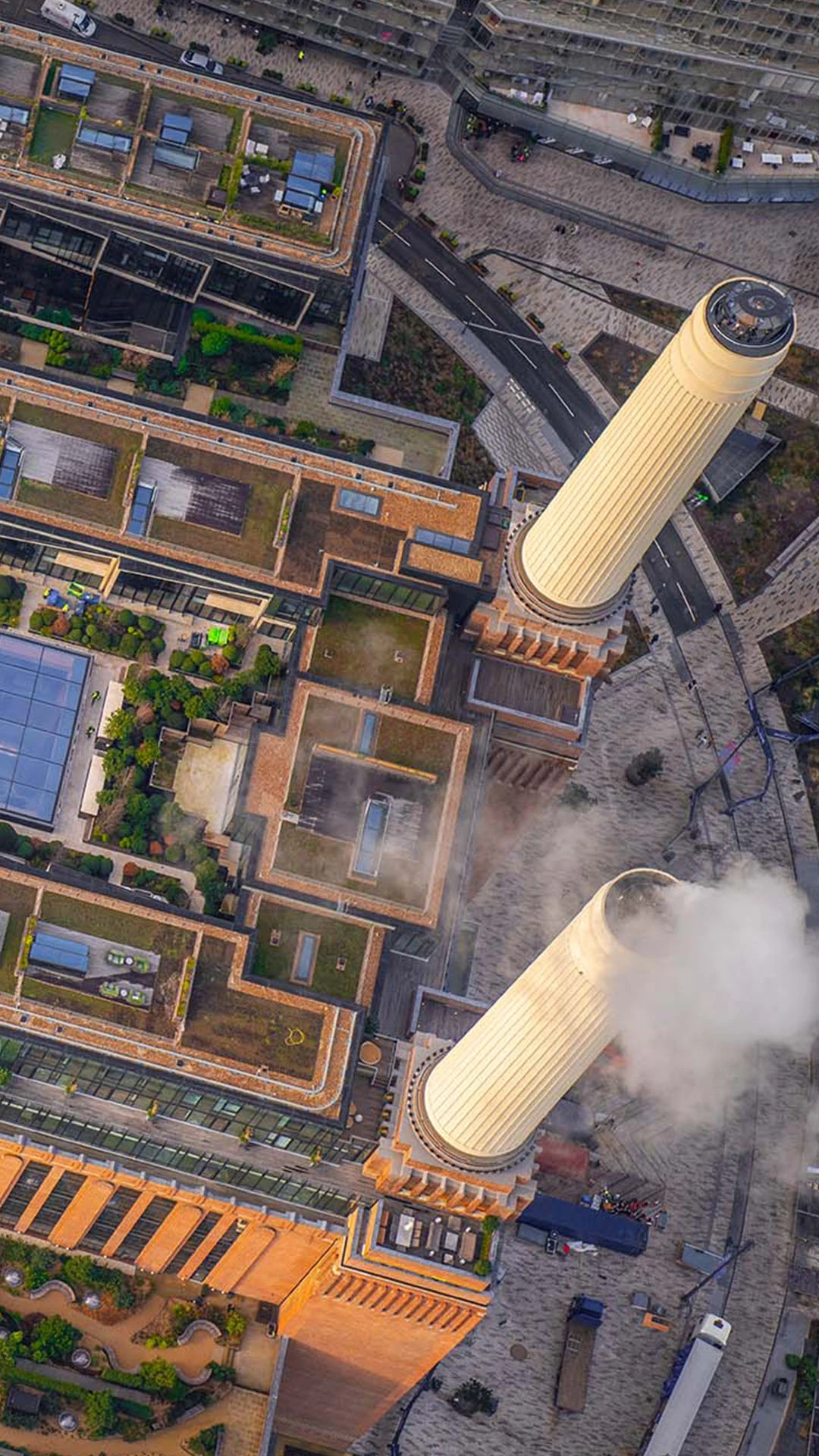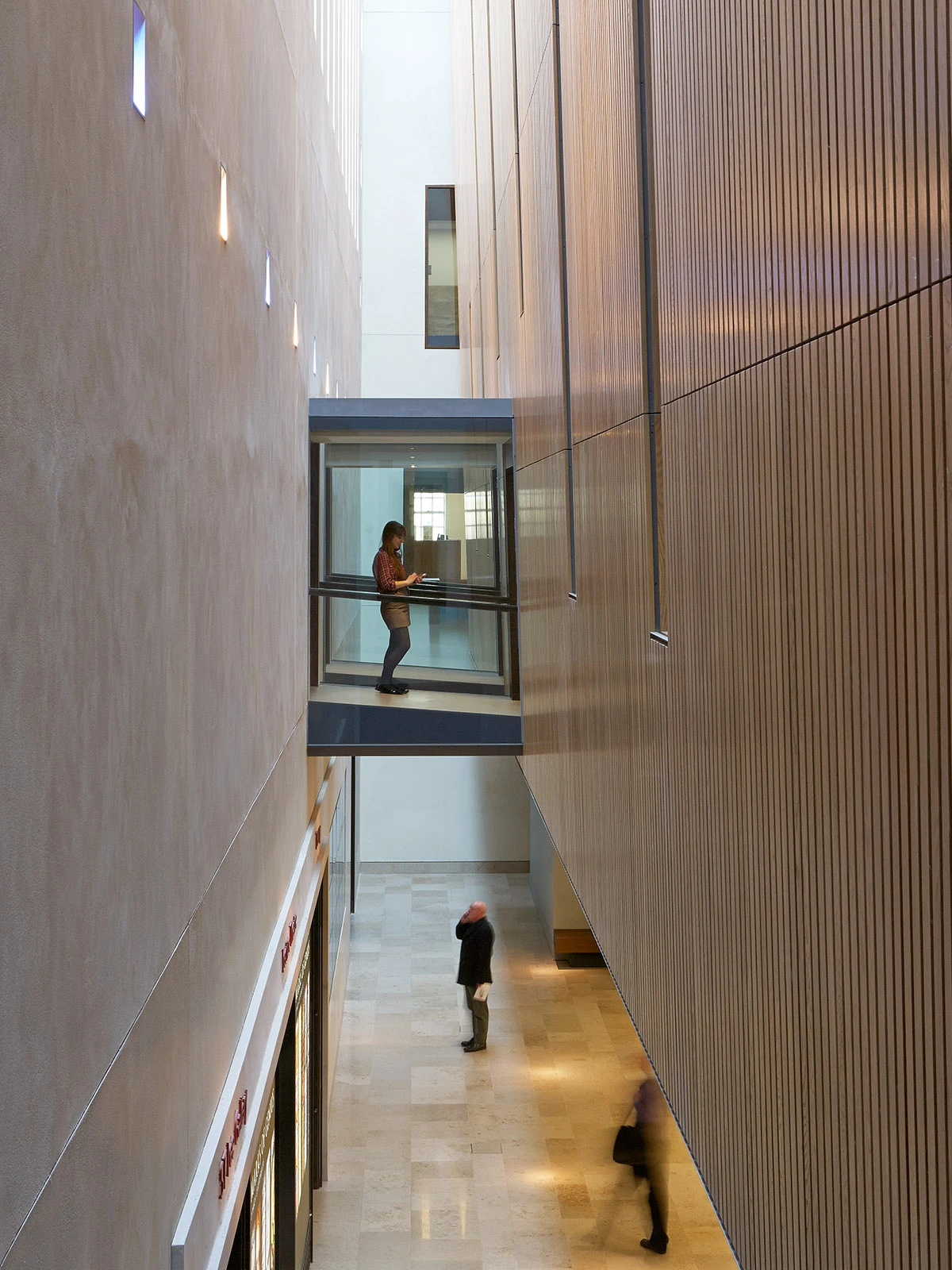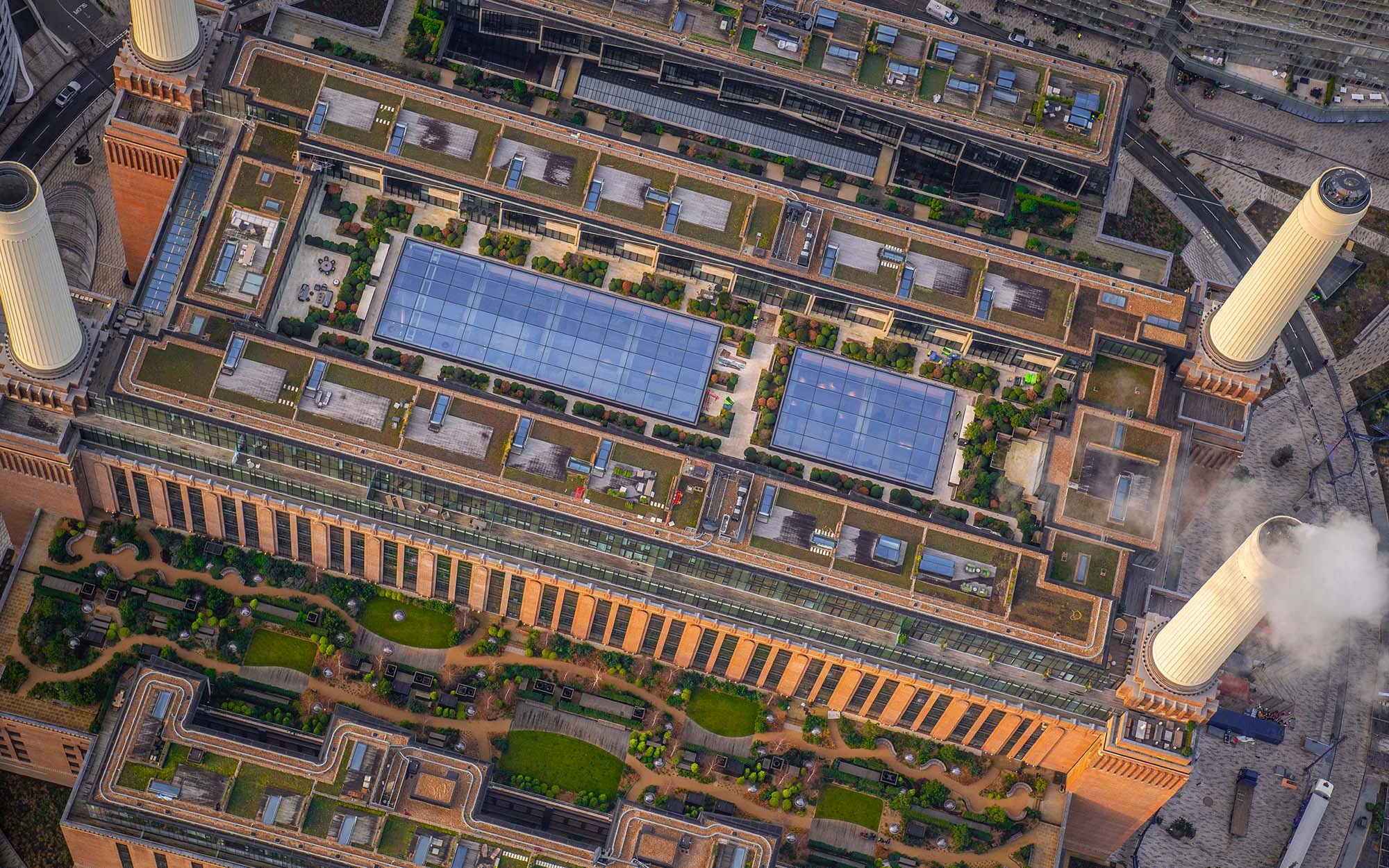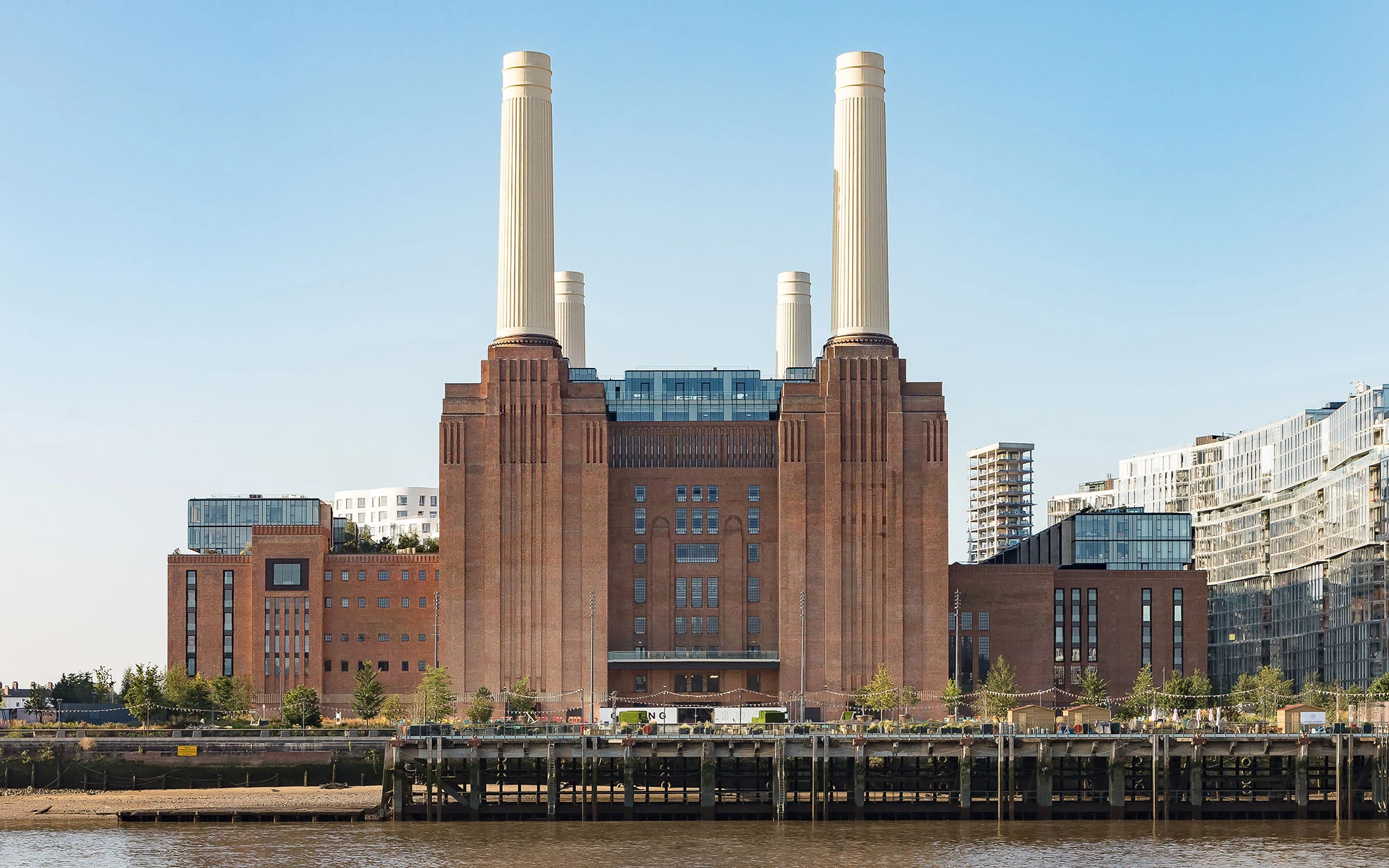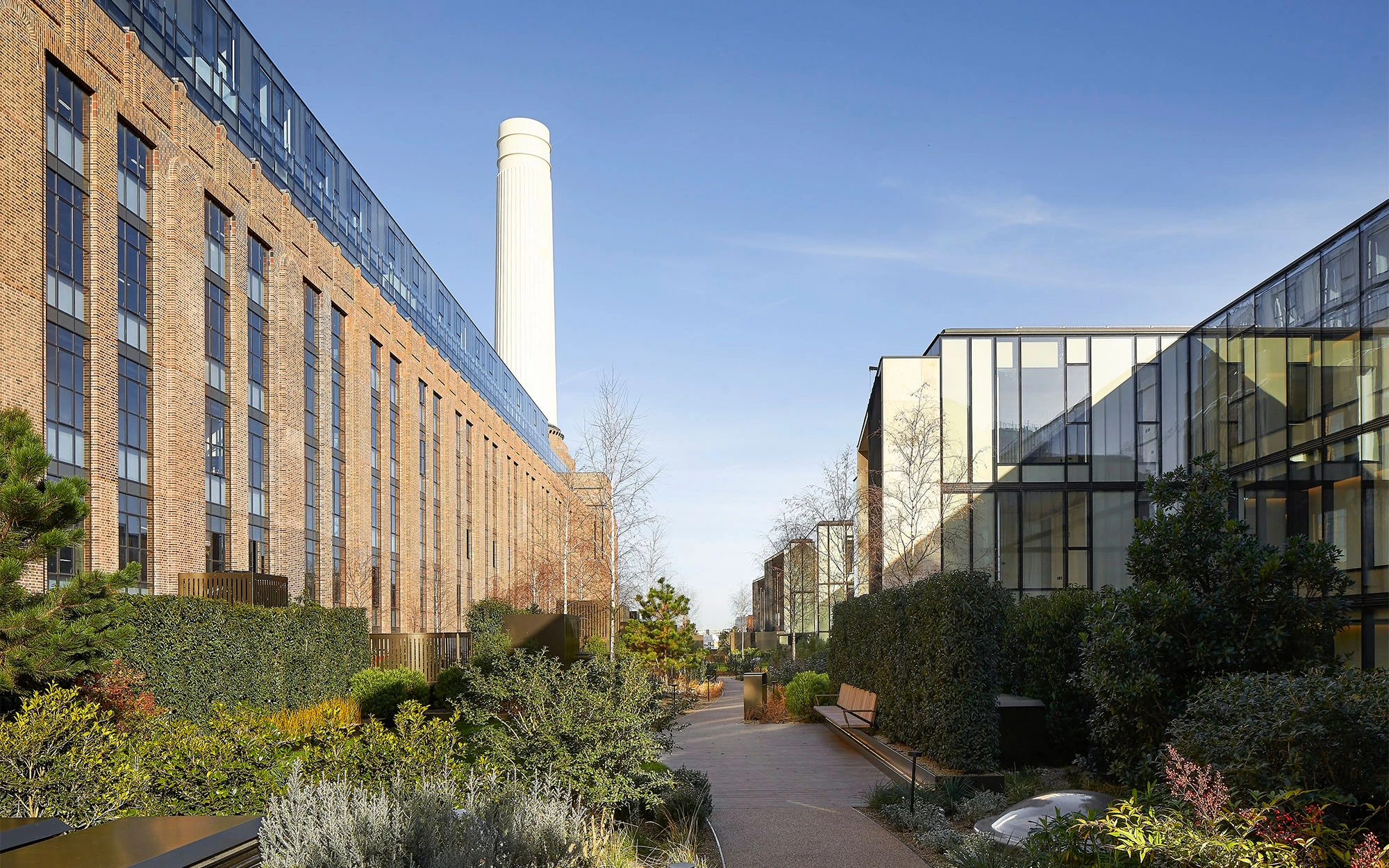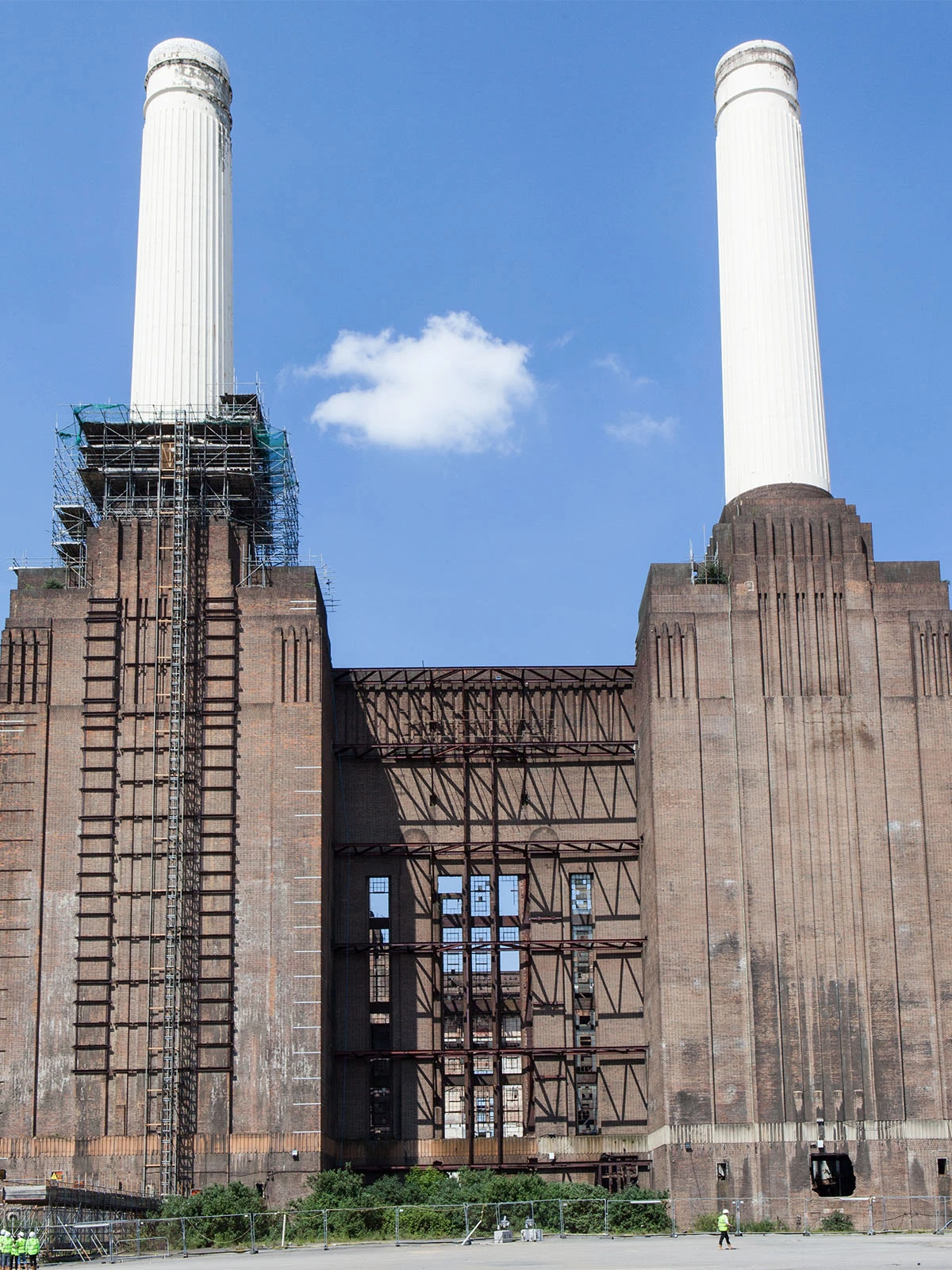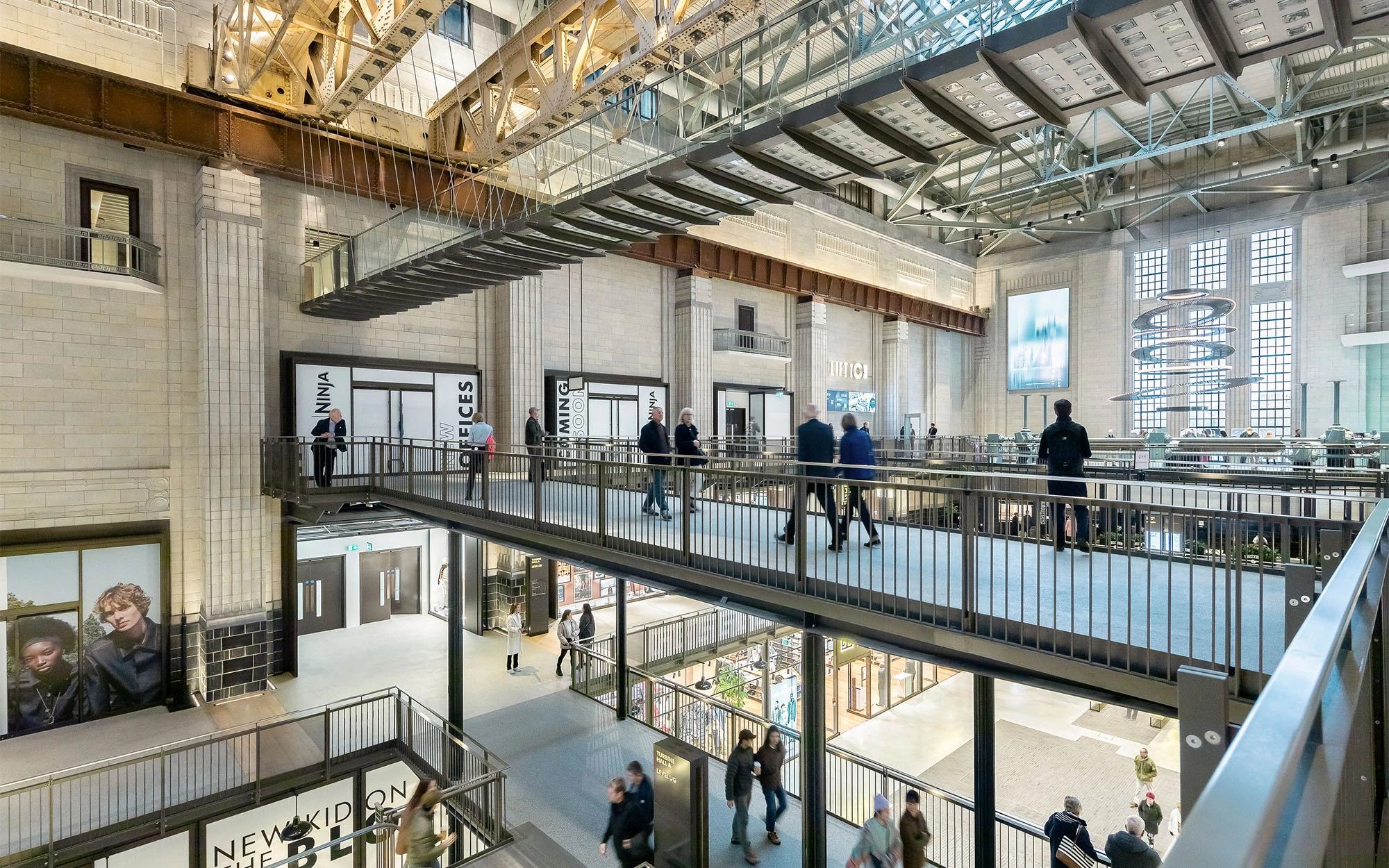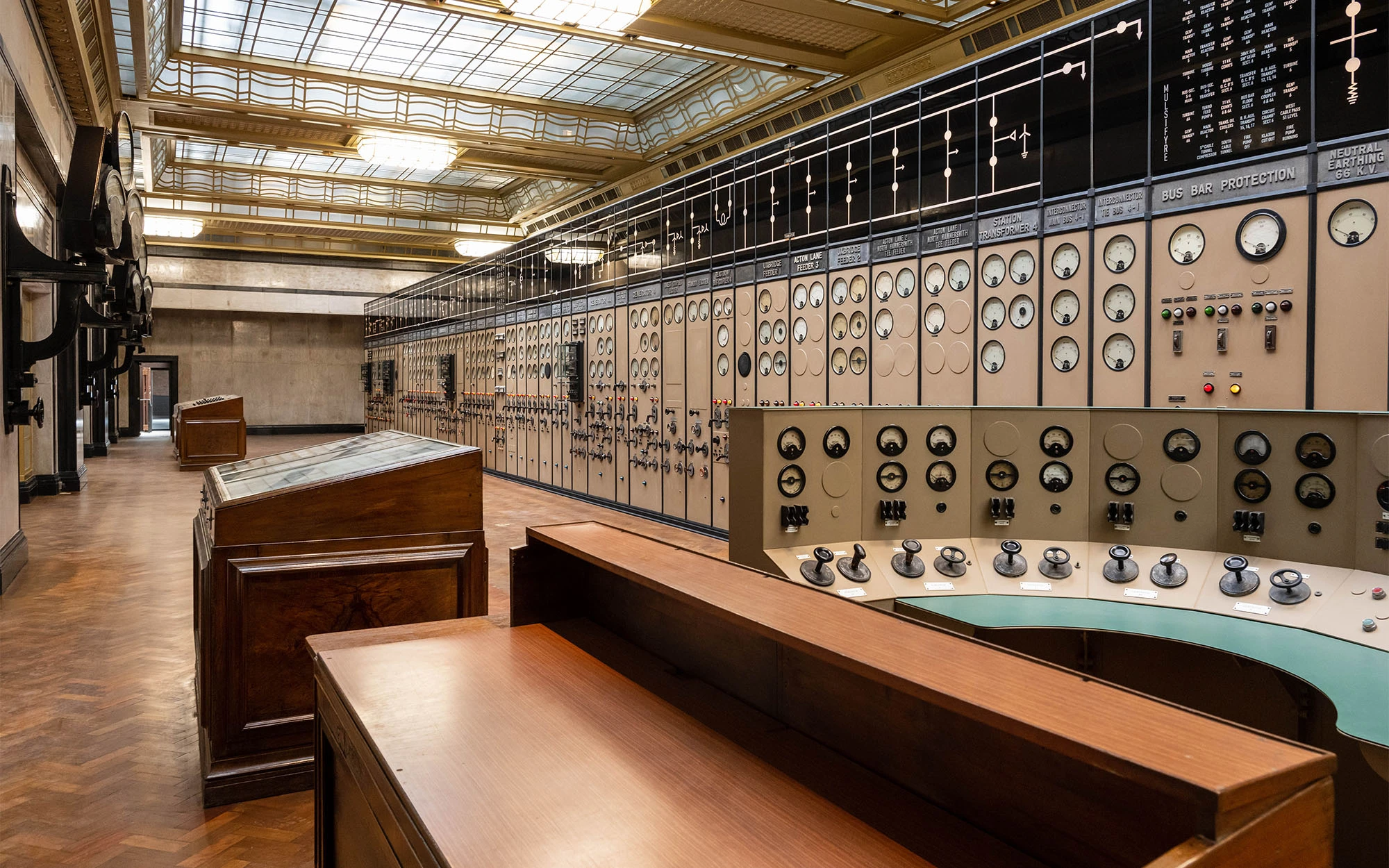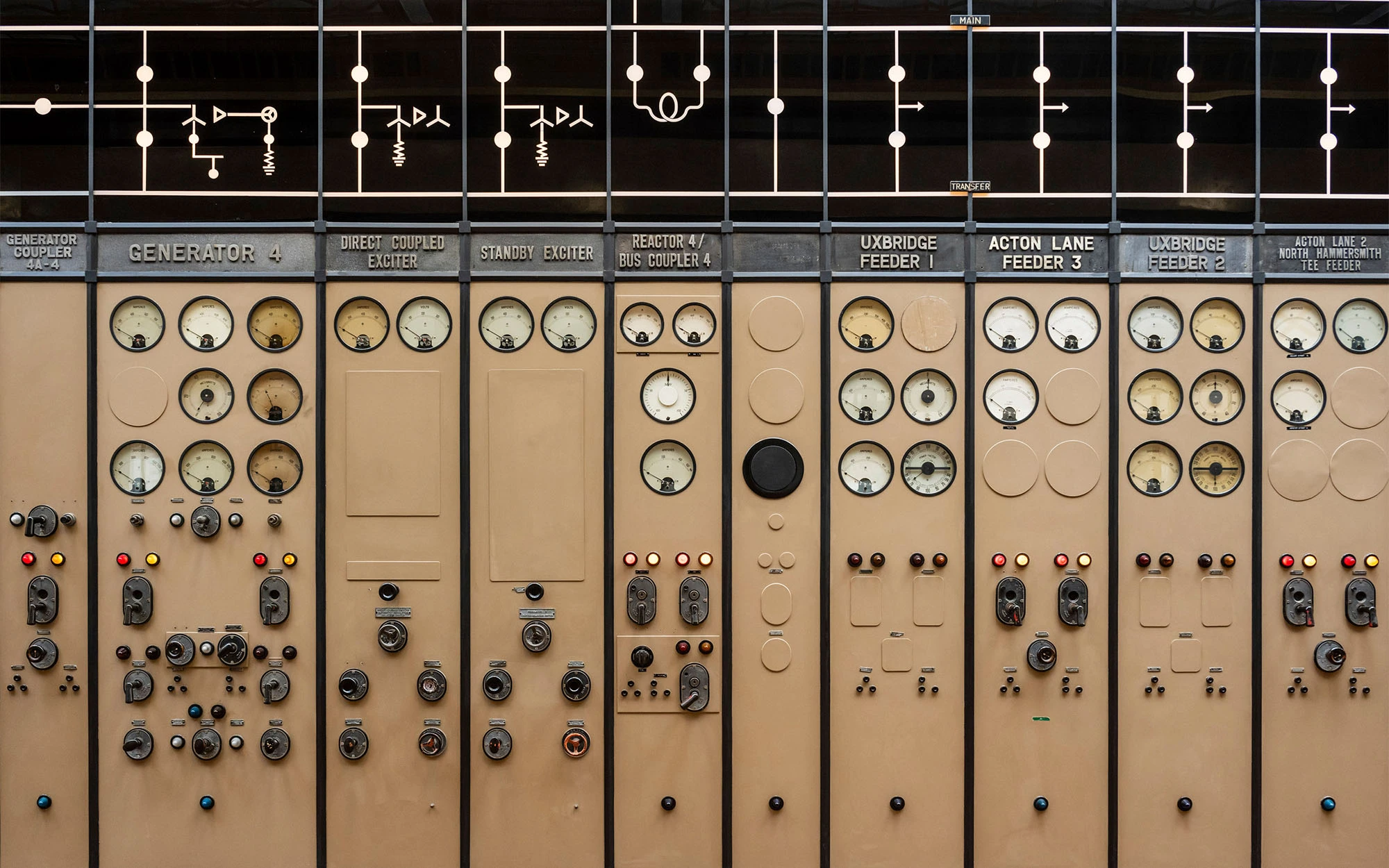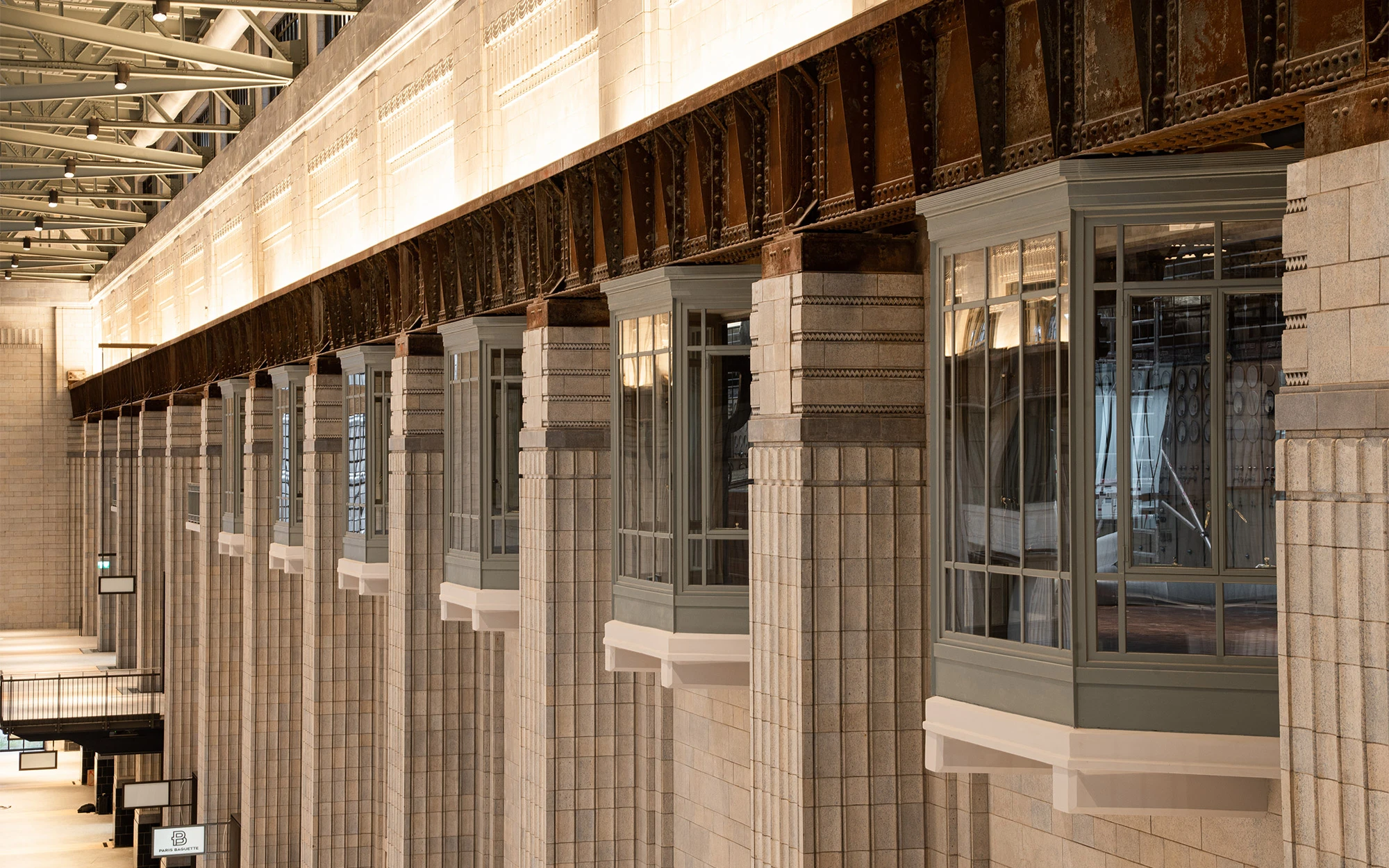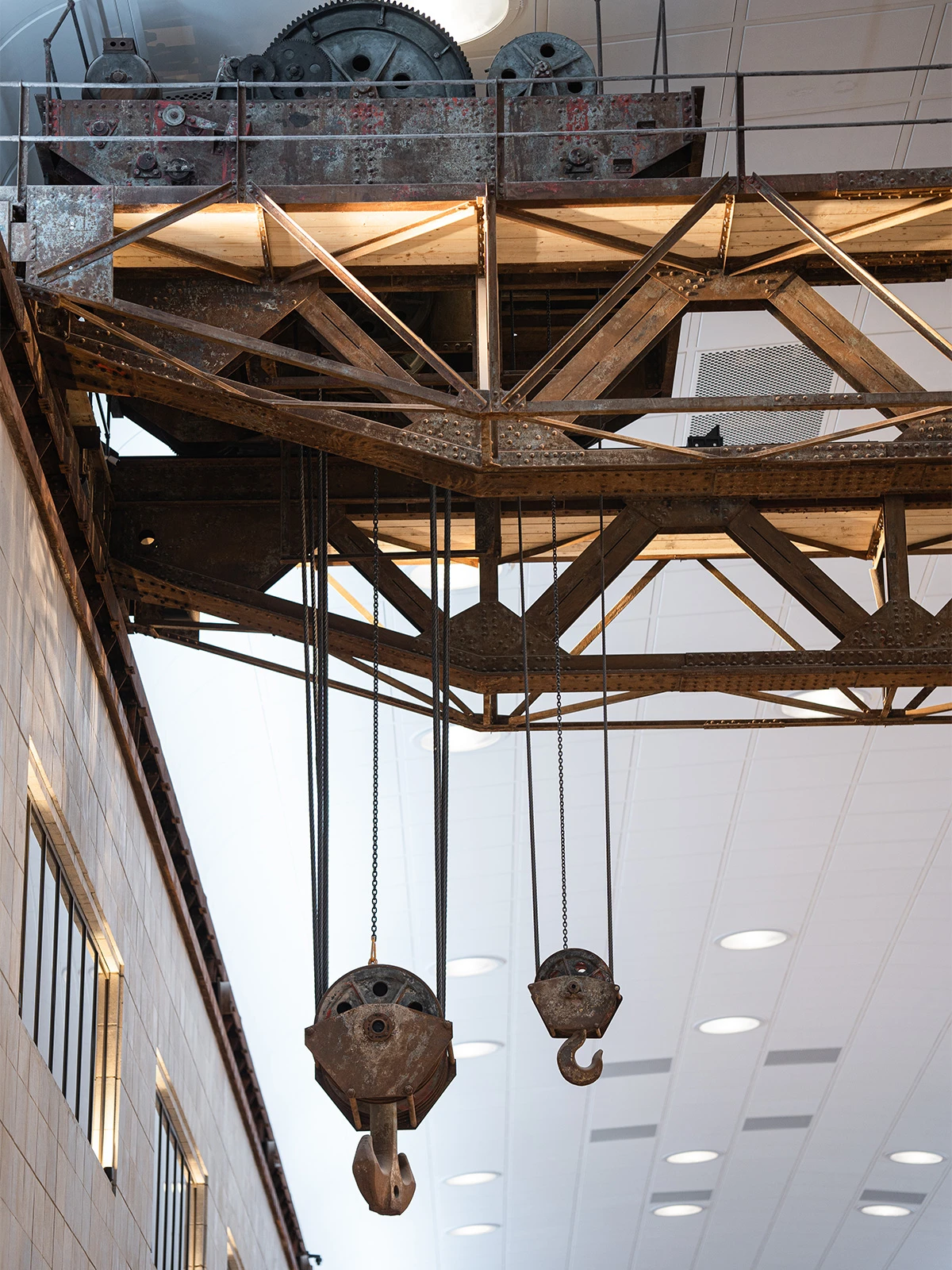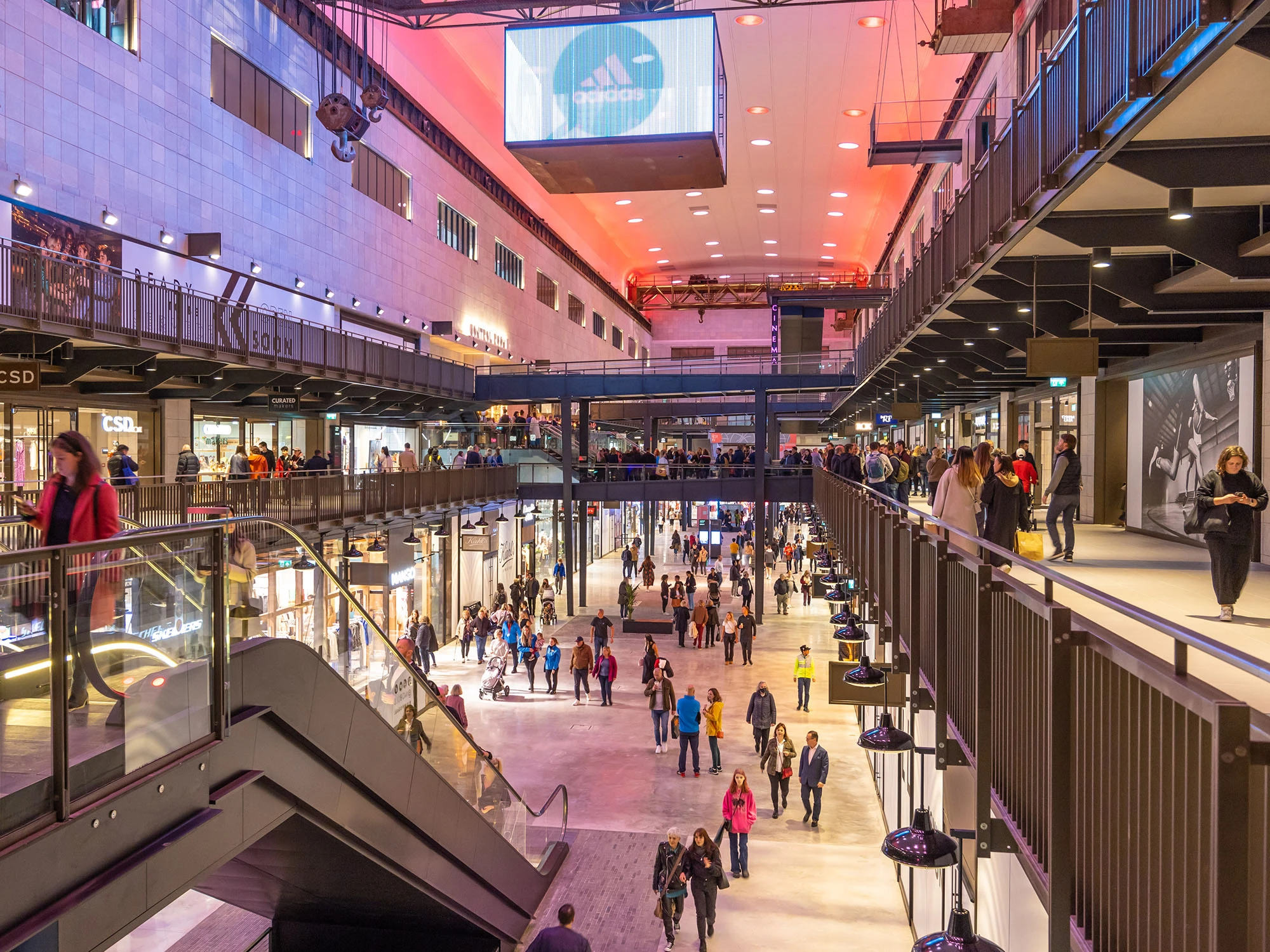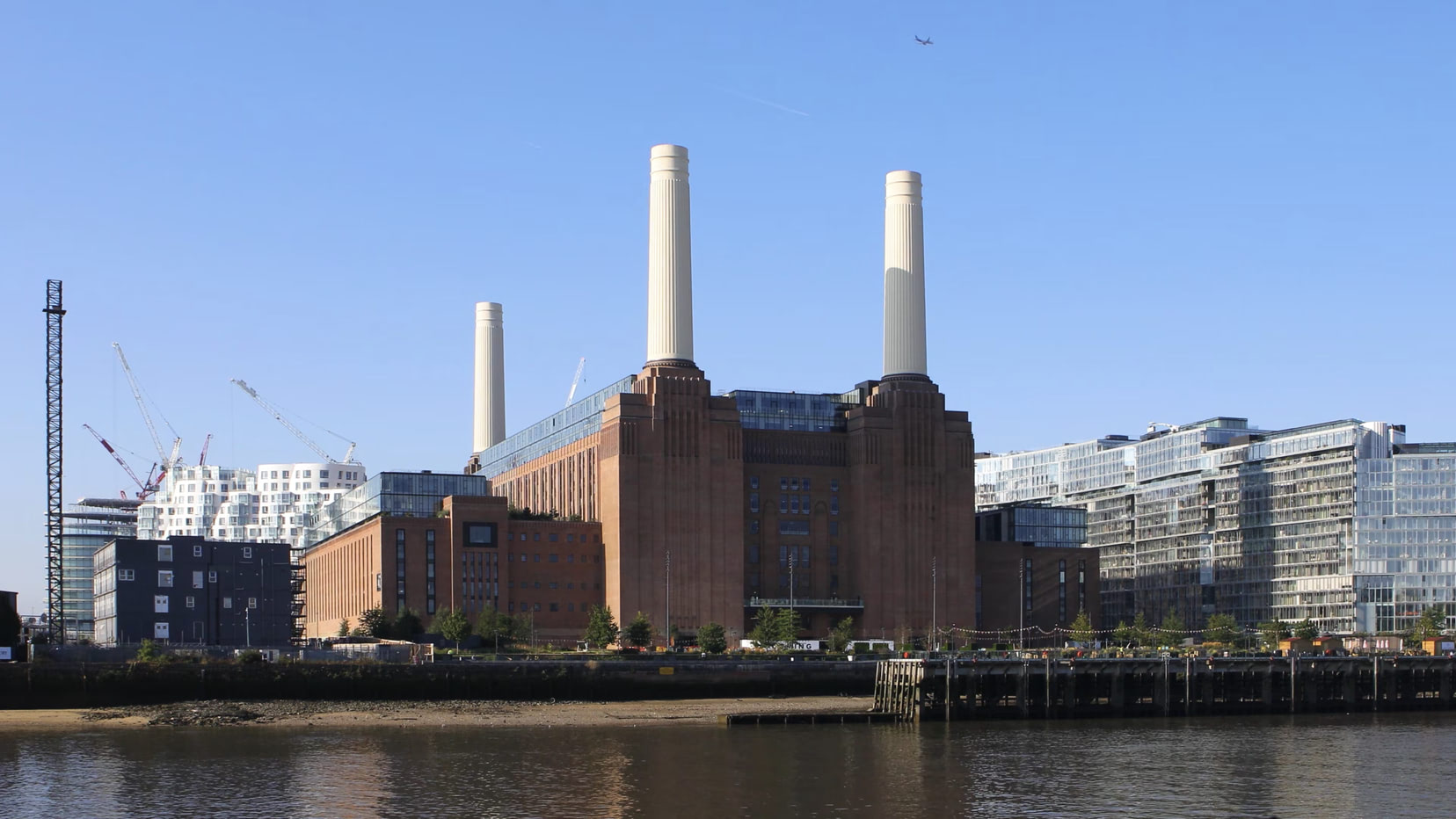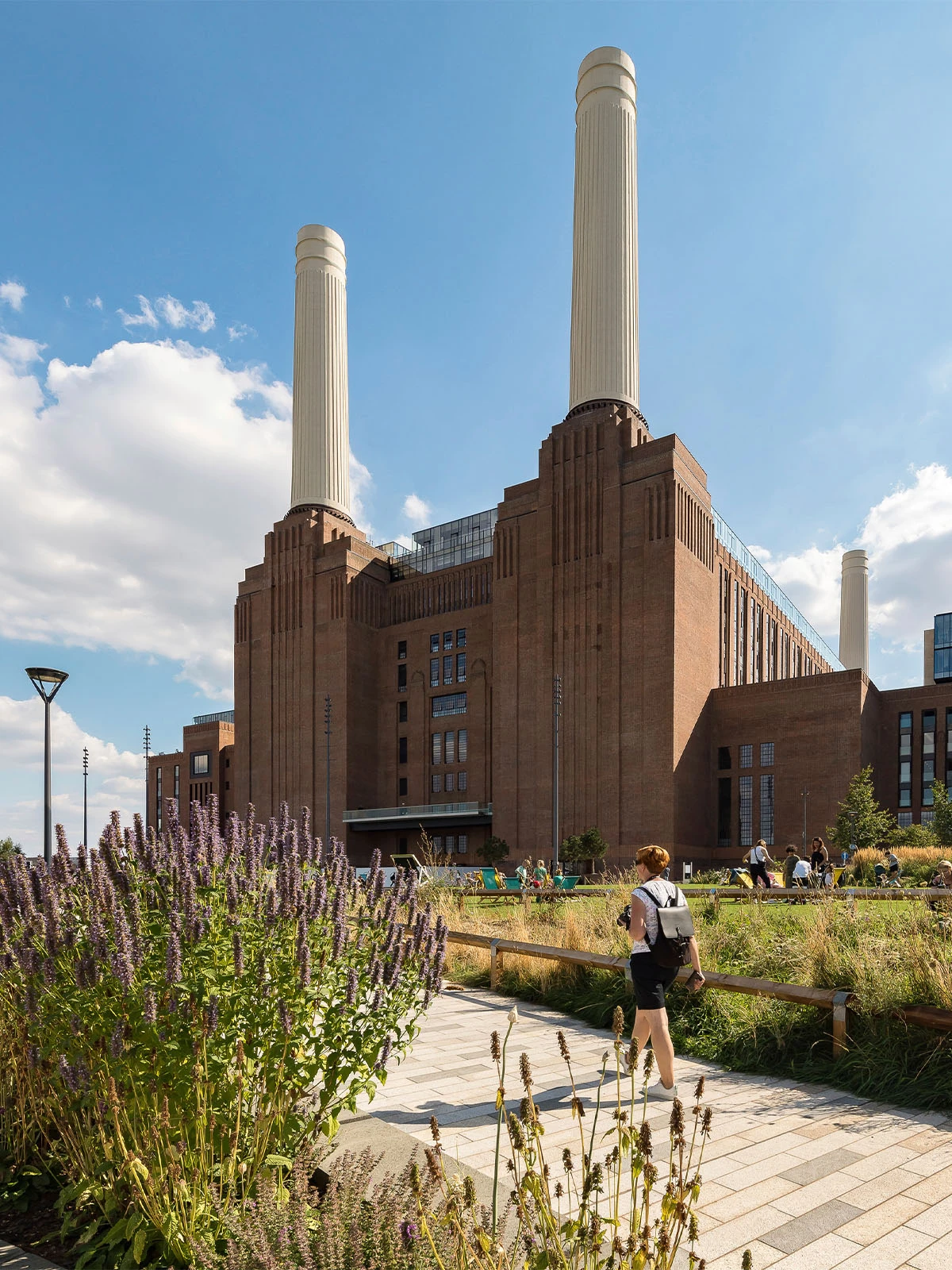
Sebastien Ricard, project director of Battersea Power Station, describes the conservation philosophy and approach to restoring one of the most recognisable buildings in the UK, and one which has sparked fierce debate over the many years that have lapsed since its decommissioning as a working power station in 1983.
As custodians of one of the UK’s most loved landmarks, Battersea Power Station’s shareholders and Battersea Power Station Development Company (BPSDC) have taken the responsibility of restoring the Grade II* listed building extremely seriously and have ensured the very highest level quality has been delivered throughout, whilst maintaining as much of the original fabric as possible. With the experience WilkinsonEyre already had working on a Gilbert Scott building, the New Bodleian Library in Oxford, and in partnership with the client, with Historic England, Wandsworth Borough Council and with BPSDC, we were able to successfully achieve this and bring the building back to its former glory.
Through this experience WilkinsonEyre had developed an appreciation of the way Gilbert Scott organised the various components of mass for effect; particularly the geometric arrangements and ordering of fenestration, and his quite sparing use of ornamental elements. His treatment, particularly the soaring verticals, the muscular Wash Towers holding up the chimneys, and the subtly and proportions of the brick massing, makes Battersea Power Station monumental and heroic. Everything we did externally defers to these elements, particularly the reinstatement of the brick mass of the Boiler House, which had been compromised, and our treatment of the windows, where original glazing patterns were respected and new window insertions deliberately read as contemporary interventions, while harmonious in style. The fully glazed rooftop villas are a subtle addition which do not compromise the overall profile.
The best of the preserved features internally are the turbine halls and control rooms, so it is great that we were able to give these areas the painstaking historical repairs that were merited. It is particularly satisfying that these are the areas that the public will be able to enjoy for generations to come.
Retention and reinstatement
A project of such scale does not come without its challenges and, due to the building’s listed status as well as its condition after sitting derelict for almost 30 years, we had to make many careful decisions as to what elements could be restored and what would need to be rebuilt. When we were appointed to work on the project, the Local Authority Building Control identified some of the original elements as being unsafe and therefore needed to be replaced to make it safe for public access. This included the Boiler House East wall and the ceiling tiles in Turbine Hall B. The Turbine Hall B tiles had originally been made in concrete and the fixings had become rotten, so these were replaced with lightweight CRC panels. The roof structure in Turbine Hall B also needed to be rebuilt to support the new roof garden.
The internal steel reinforcement in the chimneys had corroded and therefore were deemed unsafe following extensive surveys that were undertaken.
Each of the four chimneys were rebuilt using the original construction technique used in the 1930s and 1950s, when the Power Station was originally built, to restore the appearance of the iconic building.
The reconstruction of the chimneys was meticulously planned to ensure that Battersea Power Station retained its iconic look. The four chimneys were rebuilt between 2014 and 2017 using the same construction technique used in the original construction of the Power Station in the 1930s and 1950s. Rather than use a hose to pour the concrete, 680 tonnes of concrete were lifted in a hoist to the top of the chimney, transferred into wheelbarrows and then hand poured into the structures. The Power Station’s chimneys form a part of the London skyline so to assuage concern about whether they could successfully be rebuilt, the first chimney had to be dismantled and reconstructed before the remaining three could undergo the same treatment. It was a huge team effort by many stakeholders including Wandsworth Council and Historic England.
There were also enormous challenges dealing with restoration at high level. One example being the Boiler House East and West upper walls which both had to be reconstructed in precast concrete with retained and replacement brick embedded to avoid full scaffolding at height.
But overall, the scale of the restoration was by far the biggest challenge. There was an item list detailing over 60,000 repairs that needed to be carried out - all of which had to be thoroughly thought out due to the scale of the building. Within that list, the individual tasks that were the most challenging included, repairing the faience tiles in the Turbine Halls, as they needed to be mechanically secured to ensure they were safe, as well as the strengthening of the roof trusses in Turbine Hall A to ensure it could take the extra weight of the roof garden and the new double glazed roof light.
Complementary design
The focus of the brief was for us to retain or restore as much of the original fabric while introducing new, viable uses. The main architectural response was to introduce a rich mix of uses that employ the spaces appropriately. At the same time, we were keen that visitors would always be aware of the historic fabric and that they were in a unique space.
Thus, the introduction of the “box in a box” – the suspended office accommodation within the Boiler House that allows the north and south elevations to be seen from inside, and preserves views up to the towering chimneys. At other key points throughout the building, the new structure is stepped back to allow the original spaces to breathe and tell their story.
Throughout, we have followed a design philosophy where the extent of intervention sits on a spectrum from thoroughbred restoration of historic elements and reinstatement of fabric to sympathetic upgrading appropriate to new uses, to selective bold interventions that complement the heritage but do not attempt to replicate it.
"It was incredible to have the opportunity to work on a project of such immense scale, an opportunity that most architects wouldn’t get in their working life. One of the biggest highlights was that, contrary to our original assumptions, we were able to retain the historic roof of Turbine Hall A, retaining the heritage steelwork you can see and strengthening it with unobtrusive new steel members to take the weight of the new garden above it. Through paint analysis, we were even able to identify the original paint colour and incorporate it into the restoration – the effect is magnificent! " - Sebastien Ricard
